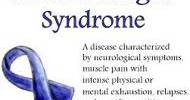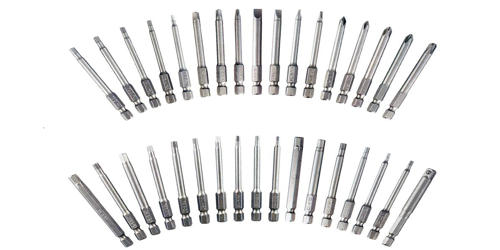An accessory muscle is a relatively uncommon anatomical variation in which muscle duplication can occur anywhere in the muscular system. It usually refers to muscles that help the main muscles perform a movement or stabilize a joint. Unless the accessory muscle interferes with normal function, no treatment is required. When the demand on the primary muscles increases or the primary muscles become fatigued, these muscles come into play. The sternalis muscle, accessory soleus muscle, extensor digitorum brevis manus, and epitrochleoanconeus muscle are a few examples. The term is frequently used in relation to breathing and respiratory physiology.
An accessory muscle is a muscle that is not primarily responsible for movement but does provide assistance. Such muscles include the accessory muscles of respiration, which include the sternocleidomastoid and scalene muscles (anterior, middle, and posterior scalene).
There are accessory muscles in the respiratory system that aid in the process of breathing, particularly during times of increased demand or when the primary muscles involved in breathing, such as the diaphragm and intercostal muscles, require additional support. Muscles in the neck, upper back, and chest serve as accessory respiration muscles.
During forced or labored breathing, for example, the sternocleidomastoid and scalene muscles in the neck, as well as the pectoralis major and serratus anterior muscles in the chest, may be recruited to help with inhalation. The use of accessory muscles during breathing, on the other hand, can be a sign of respiratory distress or an underlying respiratory issue.
The term “accessory muscles” may also be used in the context of physical fitness and exercise to refer to muscles that are not the primary muscles targeted by a particular exercise but still contribute to the movement. For example, the triceps are considered accessory muscles during a compound movement such as a bench press because they assist the chest muscles (pectoralis major) in completing the exercise.
















